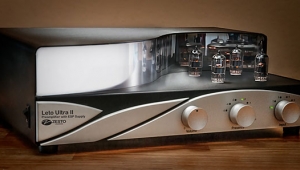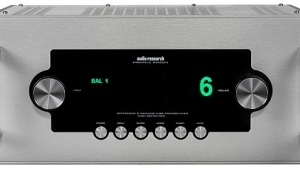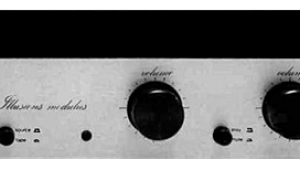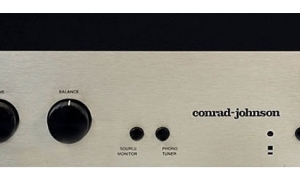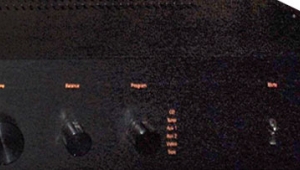| Columns Retired Columns & Blogs |
Always a pleasure reading your reviews and perusing the measurements!
Line hash, as I think it's sometimes referred to, has always been an intriguing subject, to me. I've been using and old (i.e. circa 2001 or thereabouts) modestly-priced (i.e. about 2 or 3 hundred U.S. dollars, back then) Monster power conditioner for a long time. Occasionally, I wonder about replacing or upgrading it. However, any step in that direction would mean a significant cash outlay for something that, to me, might not result in an audible improvement or, at best, a very slightly noticeable improvement. This would be money I would ordinarily spend on music. Is it reasonable (or not, as the case may be) to assume that if one lives in a sparsely populated rural area (i.e. 1,800 souls) with well cared for power lines, faithful electrical service and in a dwelling built in 1985, that sophisticated power conditioning would produce a significant cost-effective return on investment? My nearest neighbors are a quarter mile away. My house is not festooned with all manner of electric or electronic gizmos; just the basic appliances, most of which aren't in use when music is playing, anyway. I'm wondering if, comparatively speaking, line conditioning might be more of an issue for city dwellers or larger sub-urban settings. We hardly ever experience power surges or drops out here in the boonies and that generally only happens during thunder & lightening storms when the stereo gets shut down, anyway. Just curious.











